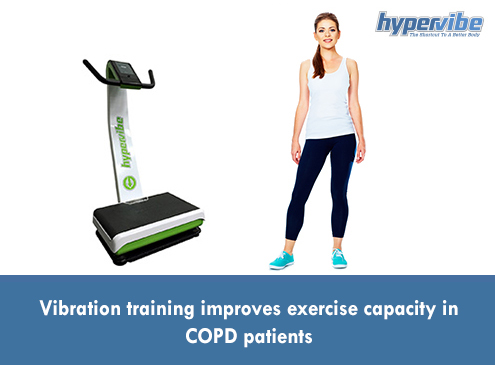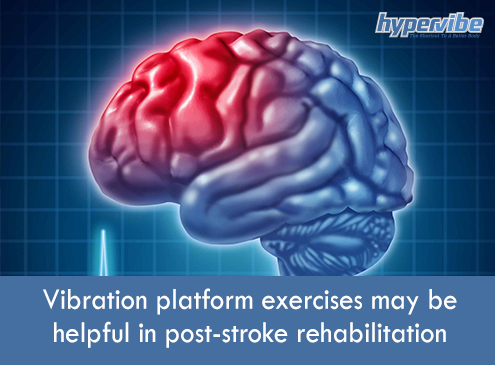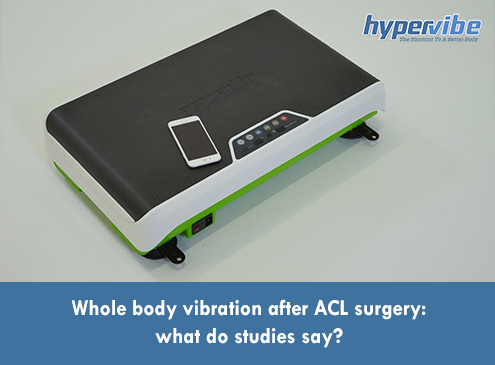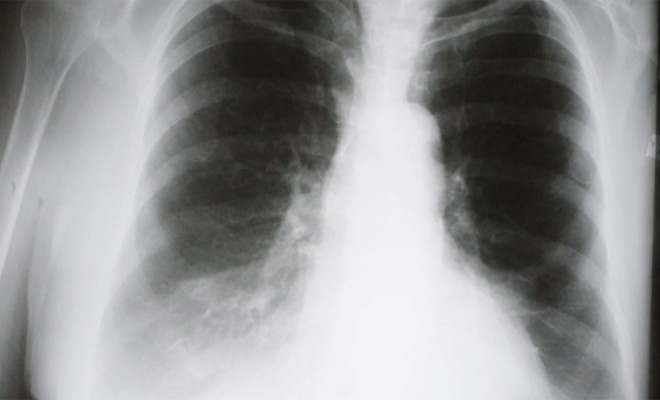Studies: WBV for Rehabilitation in Chronic Diseases
Chronic disease is the term used for defining a long-lasting condition that can’t be cured, although its symptoms can be temporary reduced and controlled through various treatments.
Data from the Australian Institute of Health and Welfare shows that over 7 million Australians are affected by at least one chronic condition. According to the Centers for Disease Control, chronic diseases are the leading cause of death and disability in the U.S., almost 70% of all yearly deaths being caused by such conditions. This is more than 1.7 million people per year.
The situation is similar worldwide, the World Health Organization showing that chronic ailments are among the most common health issues and a major cause of premature death all over the world. Yet, chronic diseases are preventable and most of them can be kept under control with proper care.
For the purpose of this article, we’ll investigate only the effects of whole body vibration therapy or training in chronic diseases.
1. Whole Body Vibration in chronic stroke
The effects of whole body vibration in patients with chronic stroke have been investigated by several studies, one of them, published in 2014 in the Archives of physical medicine and rehabilitation, showing that intensive WBV sessions might be a safe and feasible solution for increasing lower body strength and postural control in patients with chronic stroke.
This study involved 15 adults, 7 of them performing short but intensive vibration sessions which consisted in static and dynamic squats, at amplitudes of 1.7 mm – 2.5 mm and frequencies of 35-40 Hz. These were performed in short bursts of 30-60 seconds, with 5-17 repetitions per exercise.
The routines were performed 3 times/week for 6 weeks, the investigated parameters being the muscle strength of the quads and hamstrings, as well as the dynamic and static postural control and muscle spasticity.
Besides causing a significant increase in muscle strength, whole body vibration also proved to be well tolerated by all patients, the compliance rate 100% (all patients completed the 18 sessions). There was no adverse reaction and the postural control of all participants improved after the 6-week treatment. Muscle spasticity (tightness, stiffness of muscles) was not affected by WBV though.
2. WBV in chronic obstructive pulmonary disease (COPD)
Chronic obstructive pulmonary disease defines a family of ailments, among which chronic bronchitis and emphysema. These conditions cause a limited airflow to the lungs and low oxygen levels and force the heart to work harder, weakening the cardiac muscle in time. Shortness of breath and swelling of the feet and legs are common in people with COPD.
A study published in 2012 in the journal of Respiratory Medicine found that WBV may be an effective form of physical activity for patients with COPD, and may enhance the effects of conventional rehabilitation exercises.
82 patients were involved in this study, the average age being 65, 51% of participants being females. Patients followed a 3-week rehabilitation program, the WBV group performing 3 sessions of 3 minutes of whole body vibration exercises (dynamic squats), at a frequency of 24-26 Hz, 3 times per week.
Although the improvements in the health-related quality of life were similar in the control and WBV group, patients performing whole body vibration exercises experienced a significant improvement in the walking distance and performed better in the sit-to-stand test.
If you know someone who’s recovering from stroke or suffers from COPD, please share this article with them. Also, feel free to join our Facebook community and share your thoughts with us, or leave your comments in the field below.















